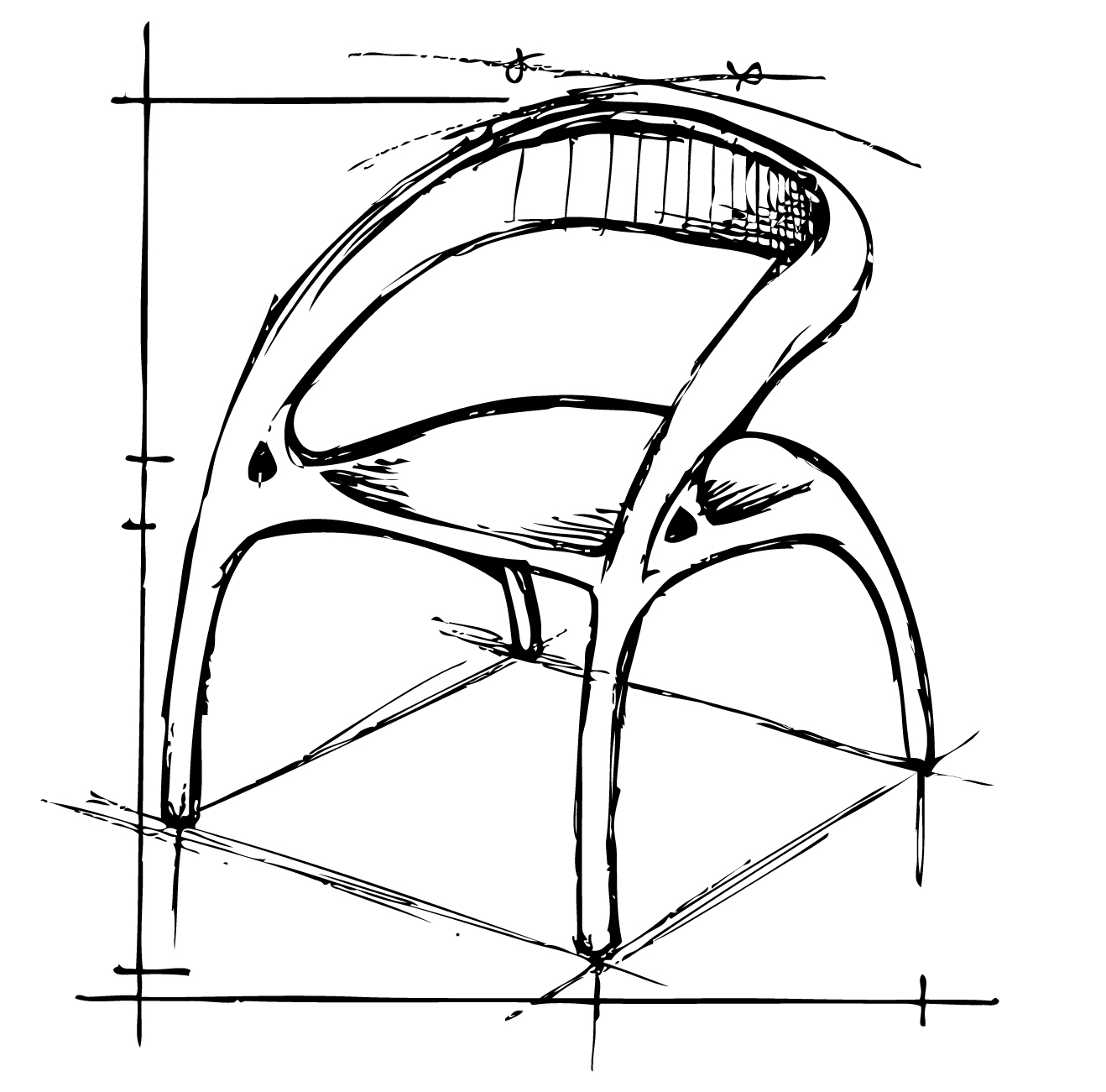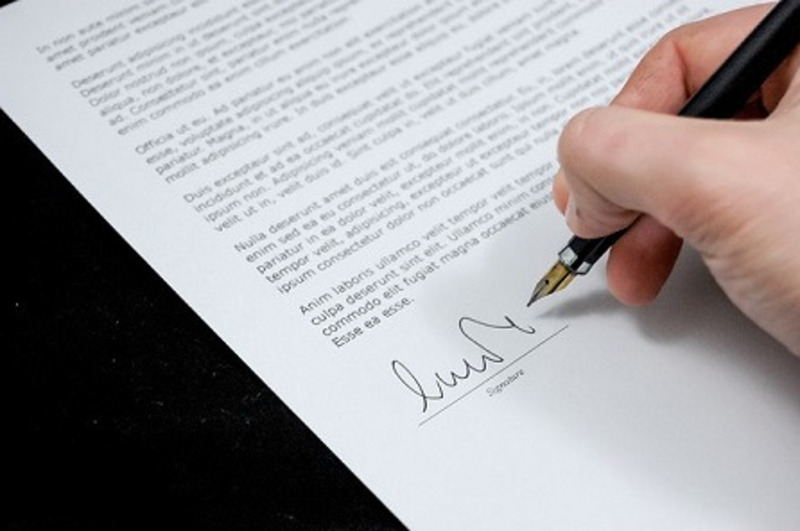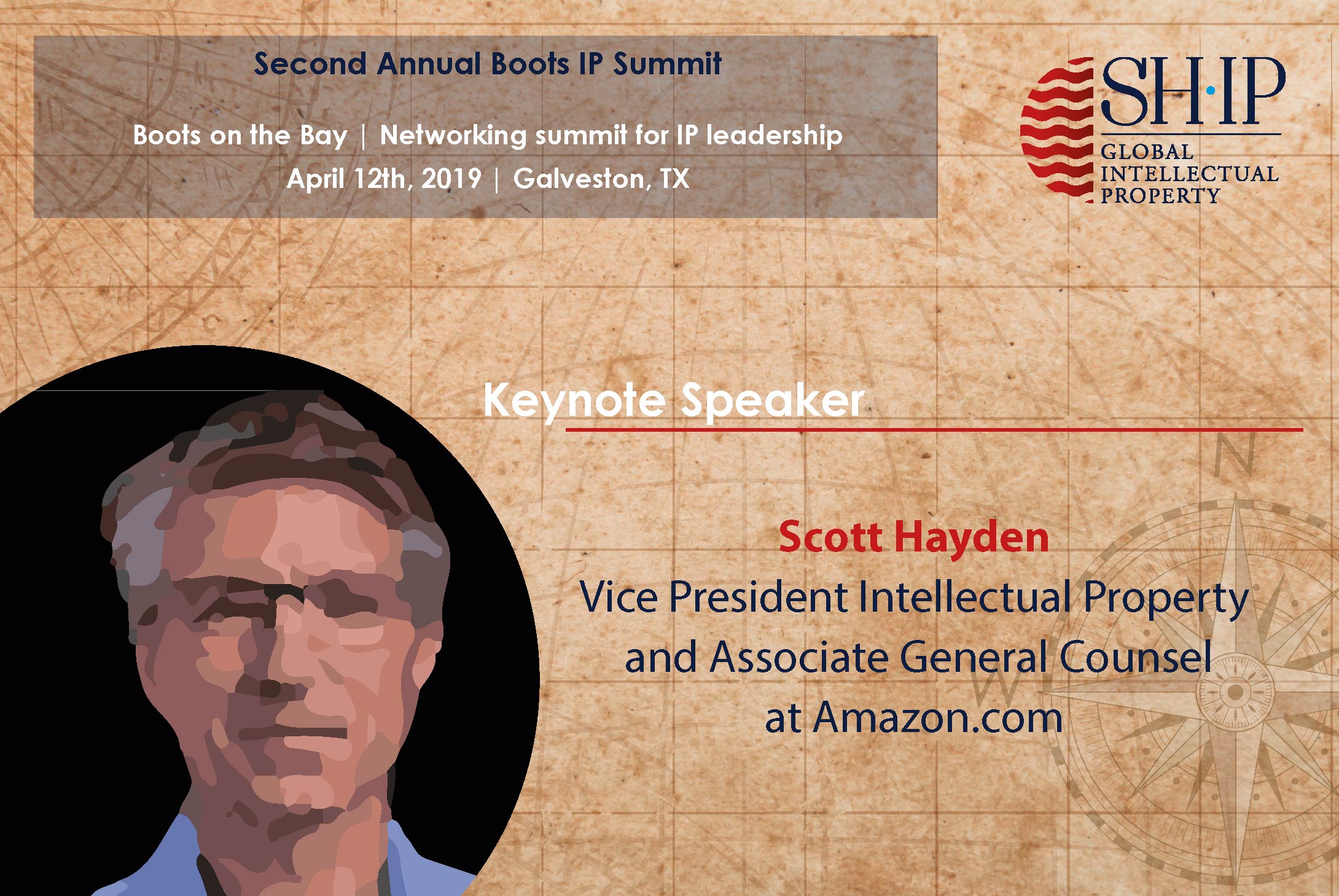
How are patents managed around national defence and security?
Let’s say you have an ingenious idea and you’d like to protect your intellectual property. If your government deems your idea to be a threat to national security, then quite frankly, your idea won’t get to see the light of day. This has happened probably more times than you’d think.
There are a few well-known stories in the IP circles. One such example is that of the inventor Robert Gold, who developed a real breakthrough in wireless communications that would help people speak to one another with less interference and greater security. Sounds amazing right?
The department of defence agreed it was amazing, too amazing in fact that it might be dangerous in the wrong hands. And just like that, it disappeared!
The US Department of Defence concluded that his “invention could be a national security threat”. Fair enough really, its hard to argue with that. They went on to slap Gold’s patent application with a so-called “secrecy order” in 2002, which prevented him from discussing the technology with anyone.
Another unlucky genius was James Constant, a Californian, tried to file a radar technology patent in 1969. Technology that would’ve been able to track packages, shipping containers, and components that were traveling on an assembly line. He was given a secrecy order, and it was not lifted until three years later in 1971.
And then we come to Dr. Gerald F. Ross who filed a patent application for an invention which was designed to interfere with the jamming of electromagnetic transmissions at certain frequencies. It wasn’t until 2014 (almost 37 years later) that this patent was granted. Another victim of the so-called “secrecy order”.
Invention Secrecy Act of 1951
The Invention Secrecy Act of 1951 requires the government to enforce "secrecy orders" on certain patent applications that contain sensitive information, thereby restricting disclosure of the invention and withholding the grant of a patent. Remarkably, this requirement can be imposed even when the application is generated and entirely owned by a private individual or company without government sponsorship or support.
There are several types of secrecy orders which range in severity from simple prohibitions on export (but allowing other disclosure for legitimate business purposes) up to classification, requiring secure storage of the application and prohibition of all disclosure.
That means that applications owned by the government are not screened by the patent and trademark office. Each government agency is separately responsible for reviewing its own applications and notifying the PTO if they contain information the disclosure of which might be detrimental to the national security
Patent applications are usually not referred to the defence agencies for review under §181 if:
- the government has a known property interest in the application.
- the invention is of foreign origin.
At the end of the day governments have to encourage innovation but at the same time protecting its citizens. Tens of thousands of patent applications each year are manually examined under the Invention Secrecy Act and referred for a final decision to the Pentagon, National Security Agency, Department of Justice and, more recently, Department of Homeland Security.
By the end of 2019 there were a whopping 5,878 secrecy orders in effect.












